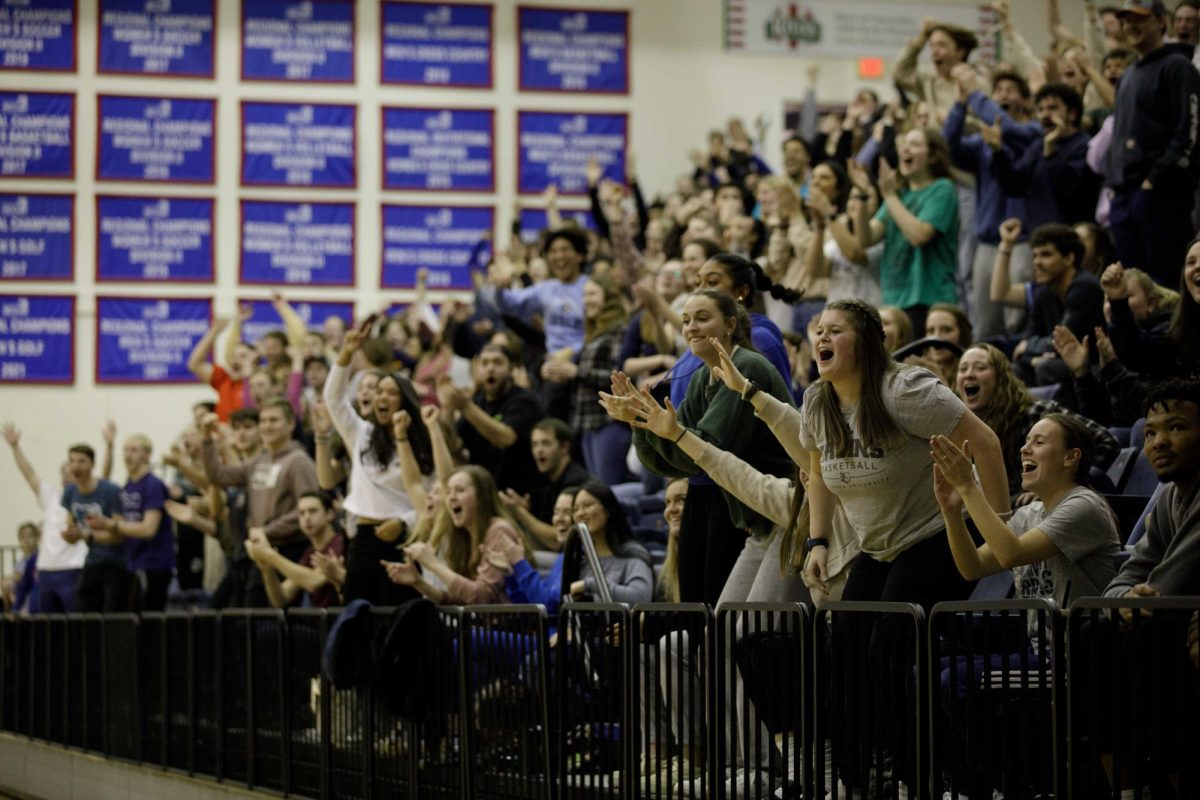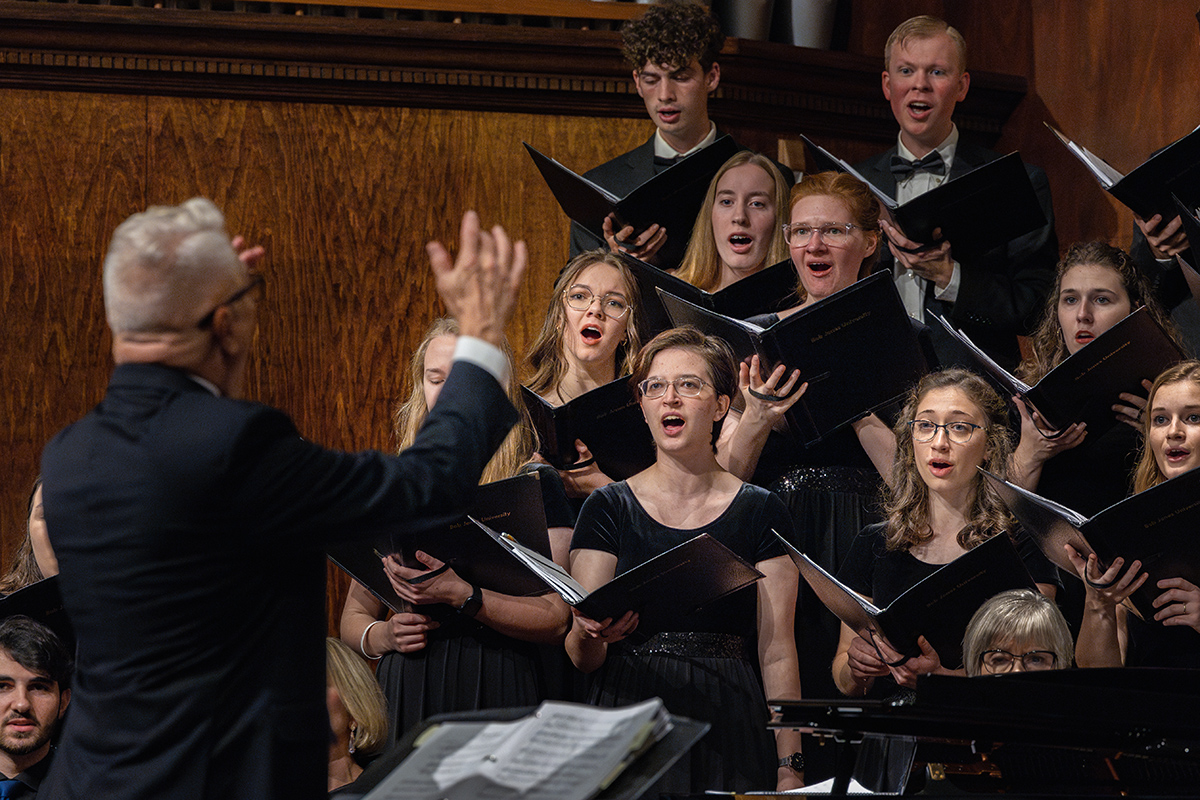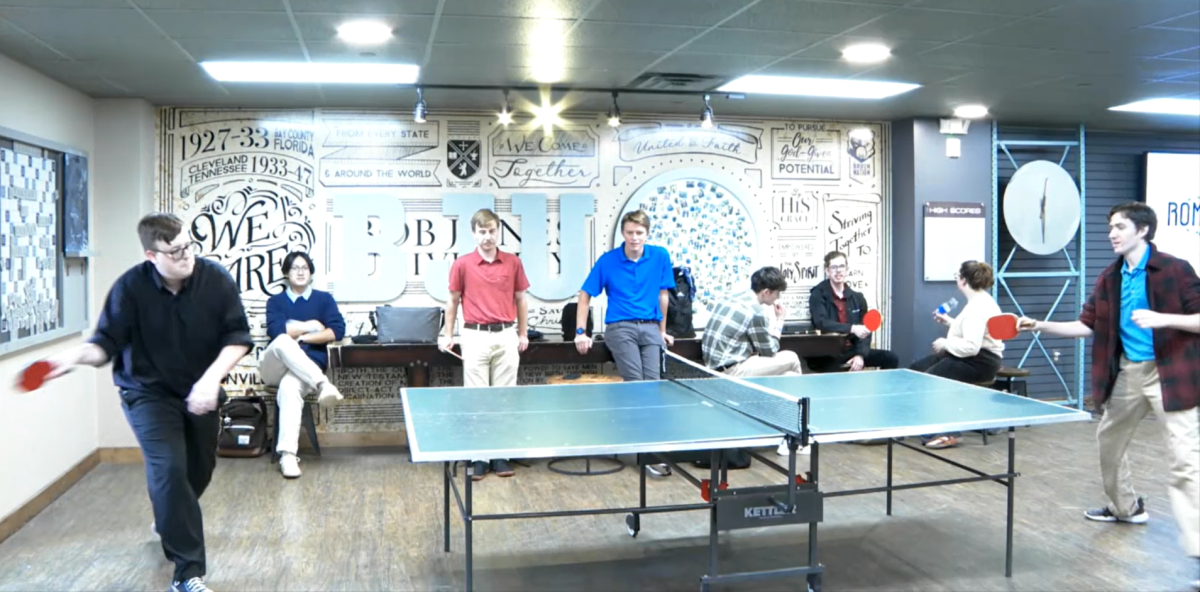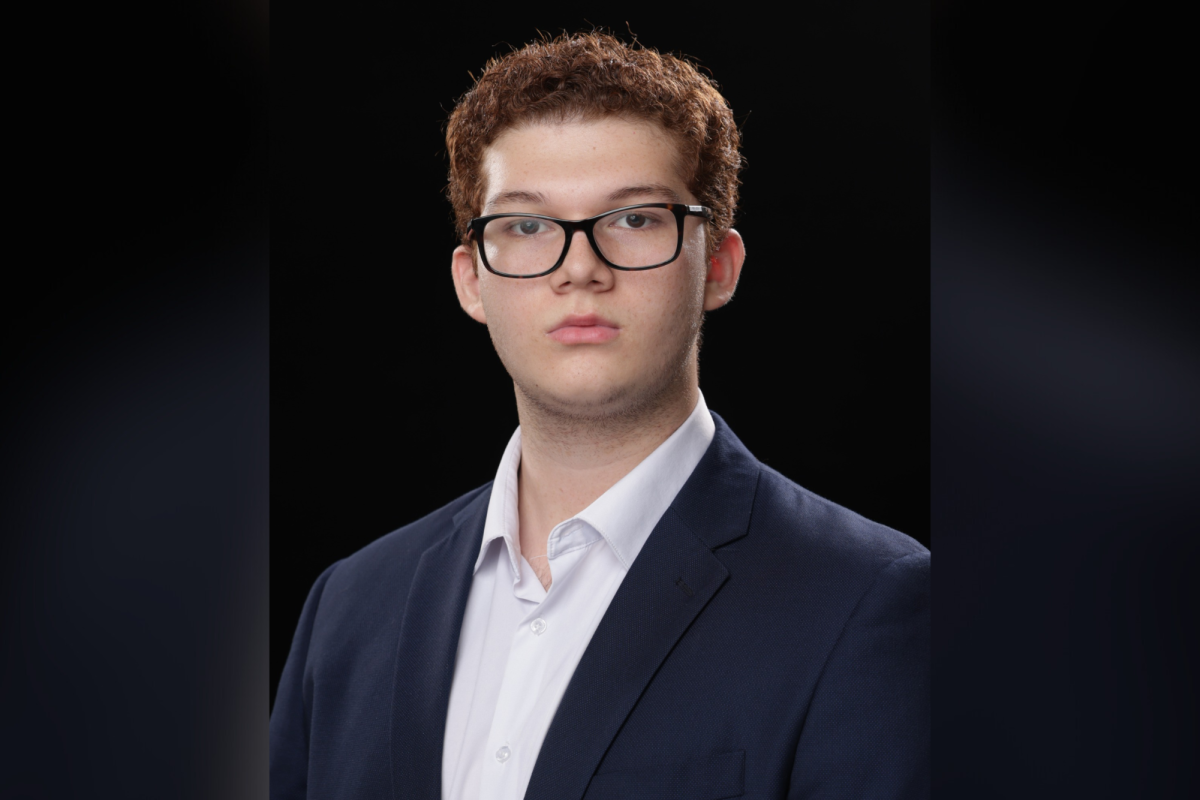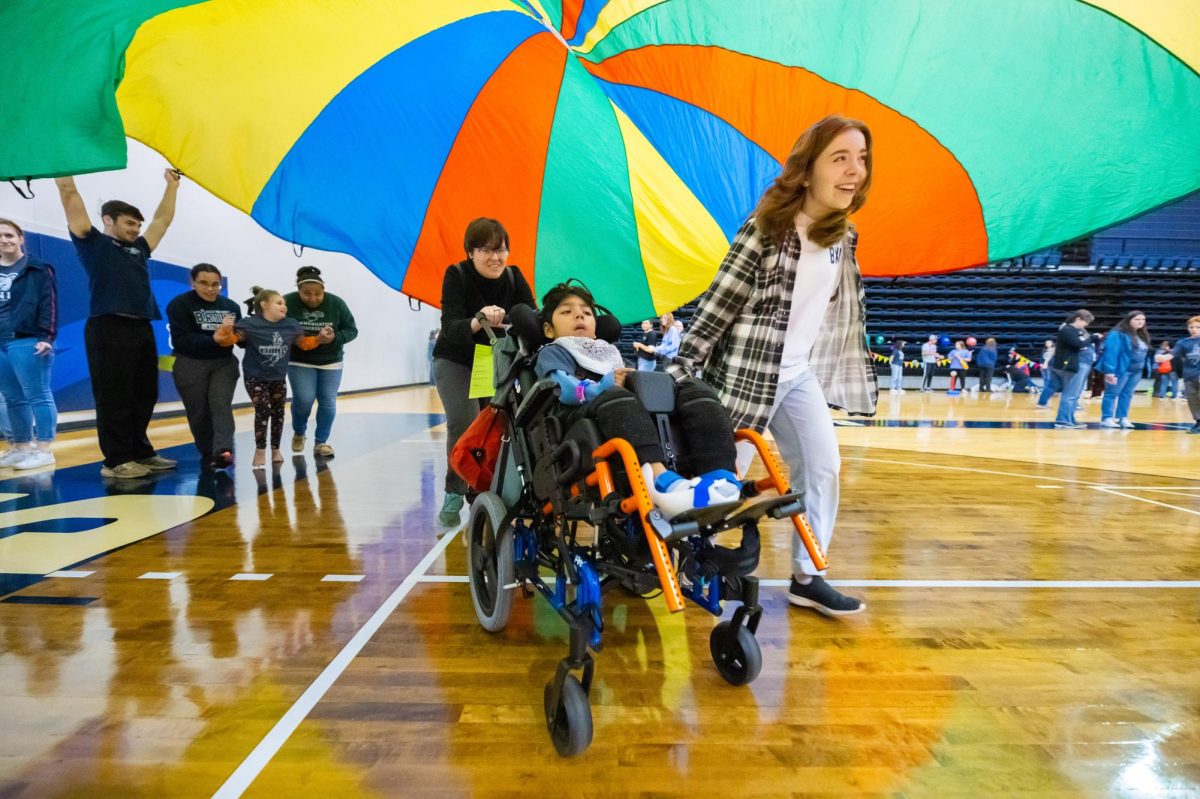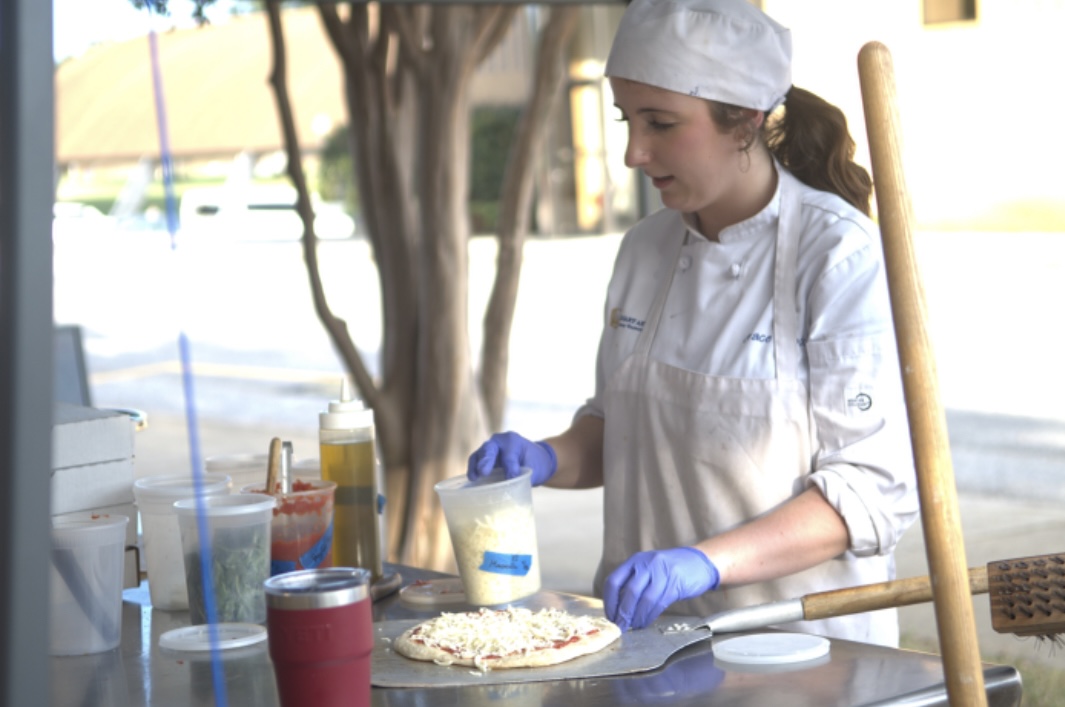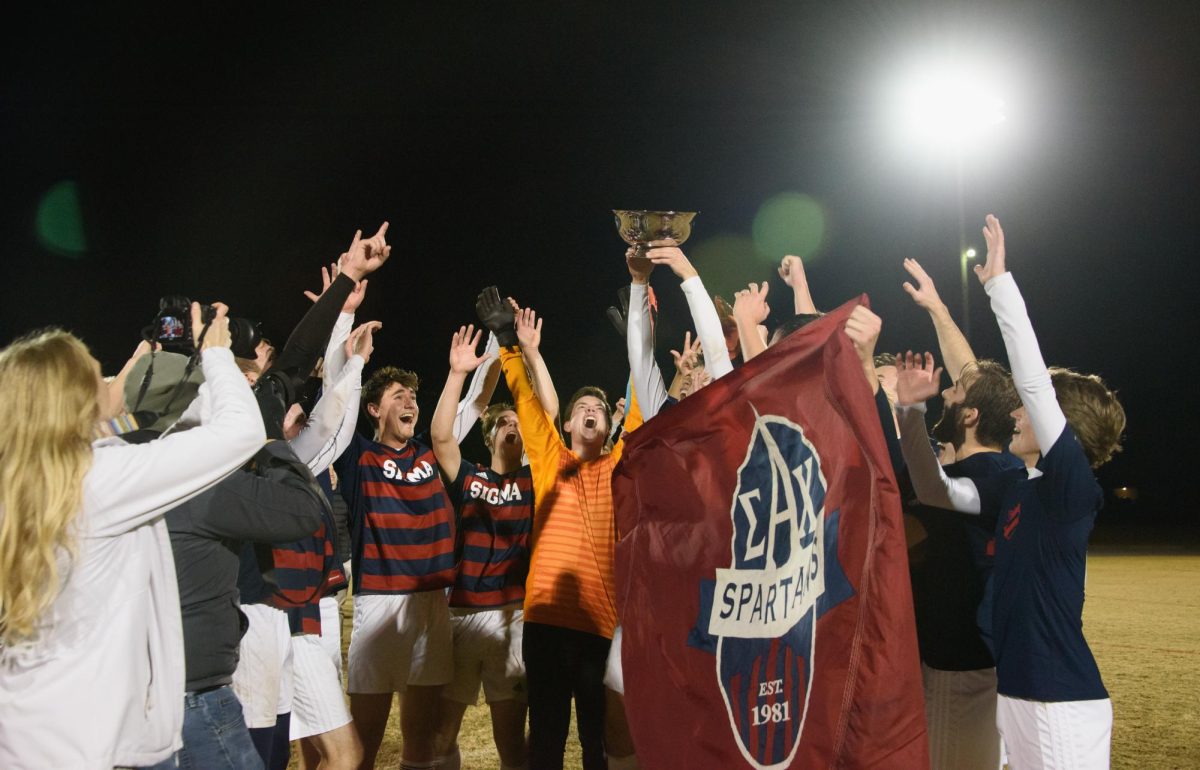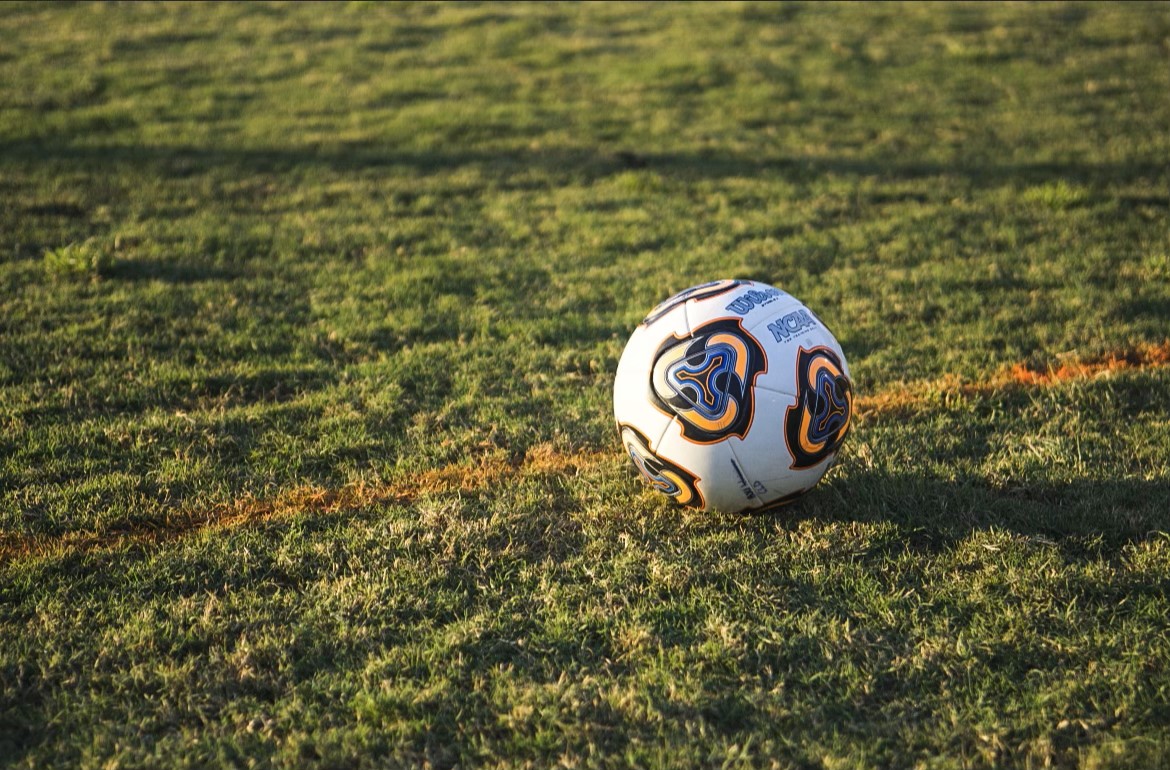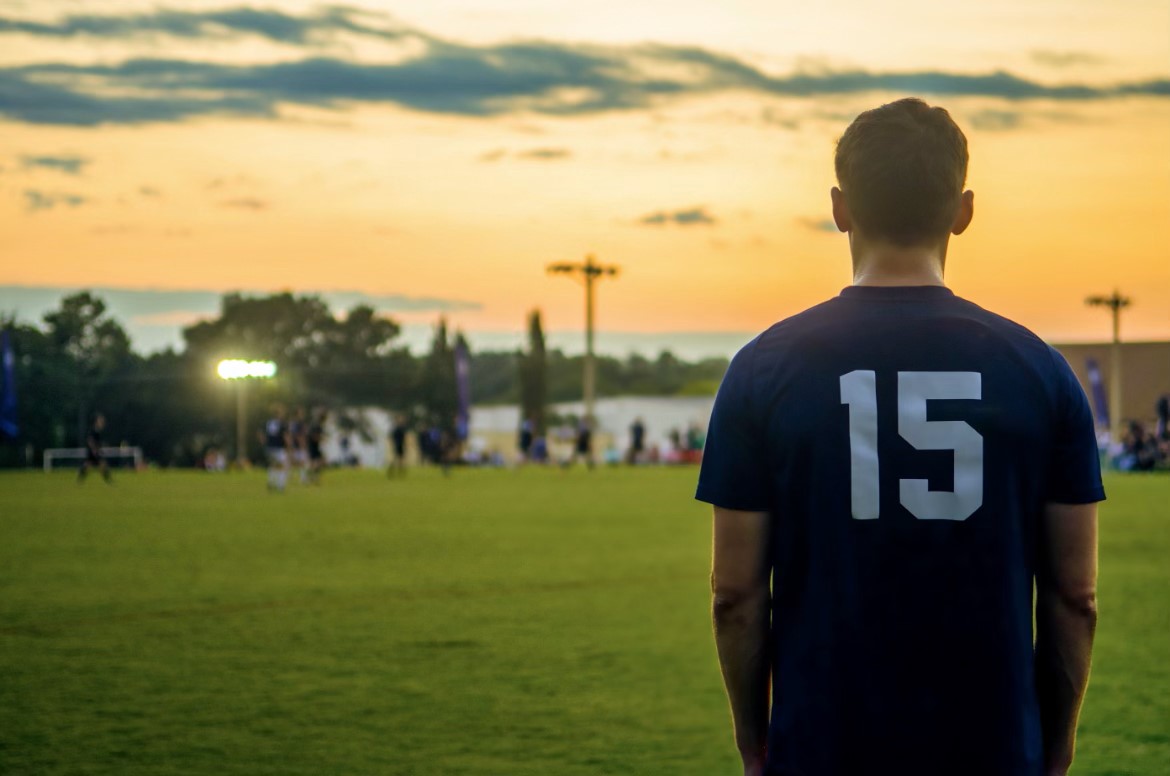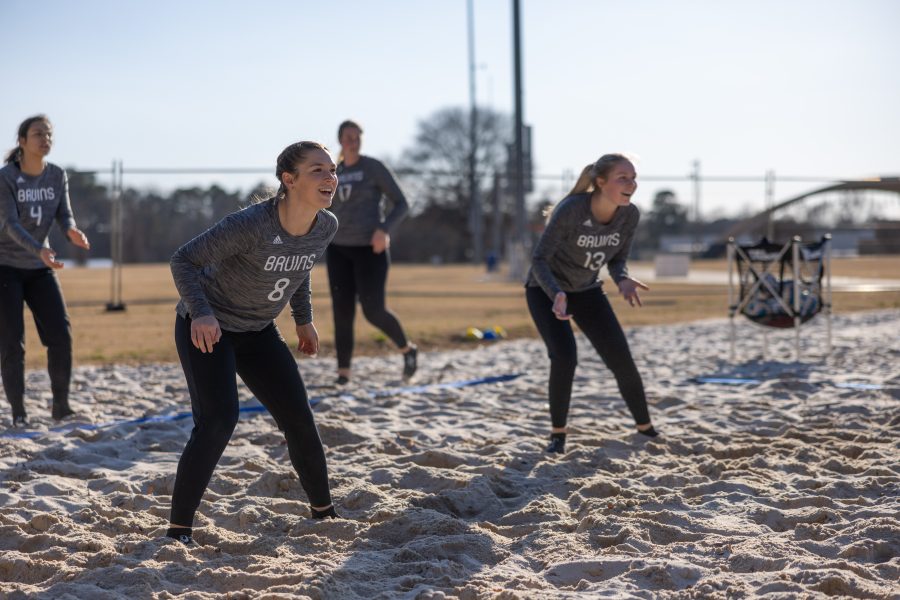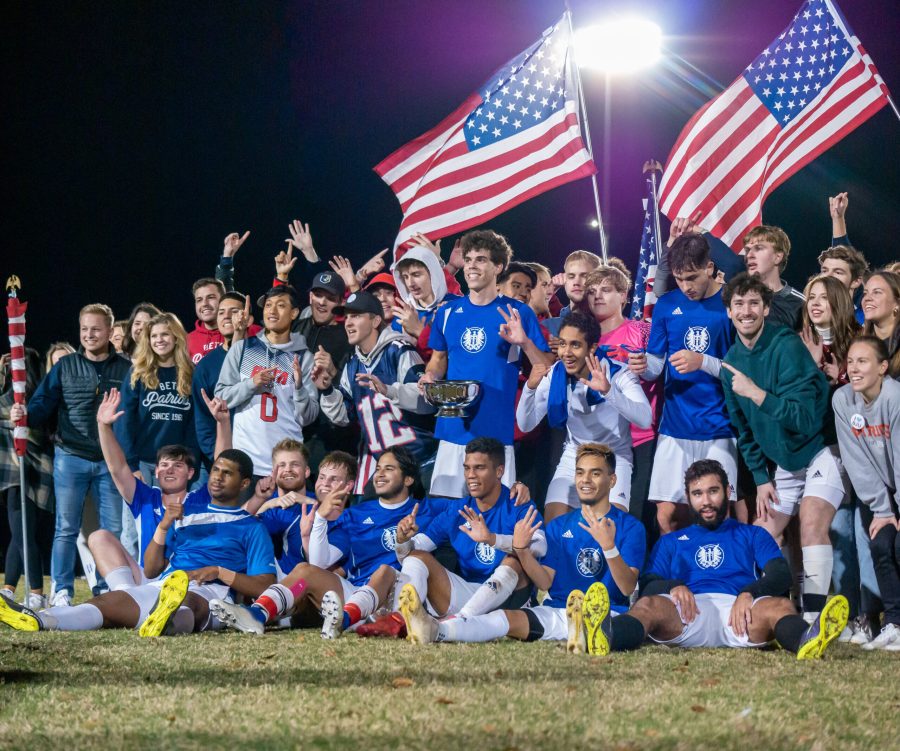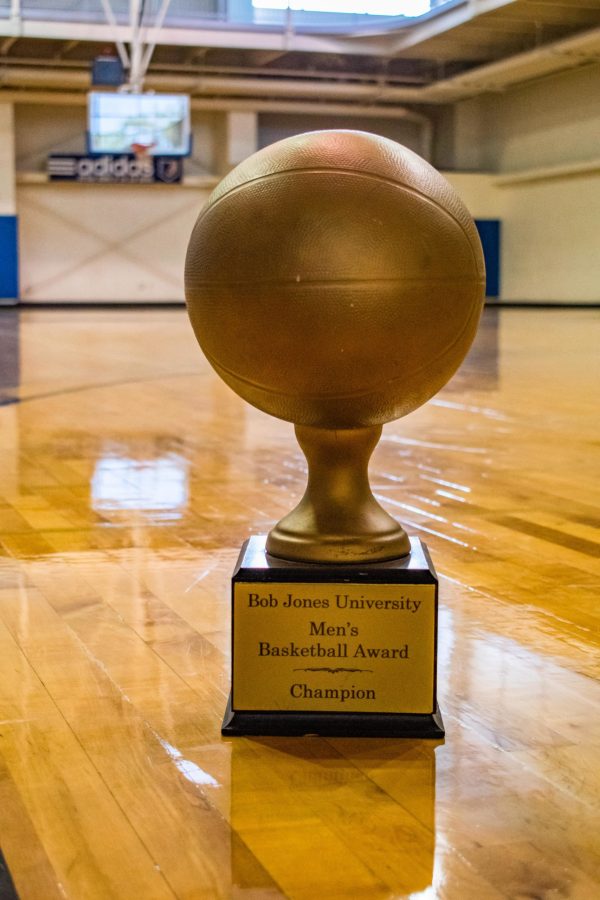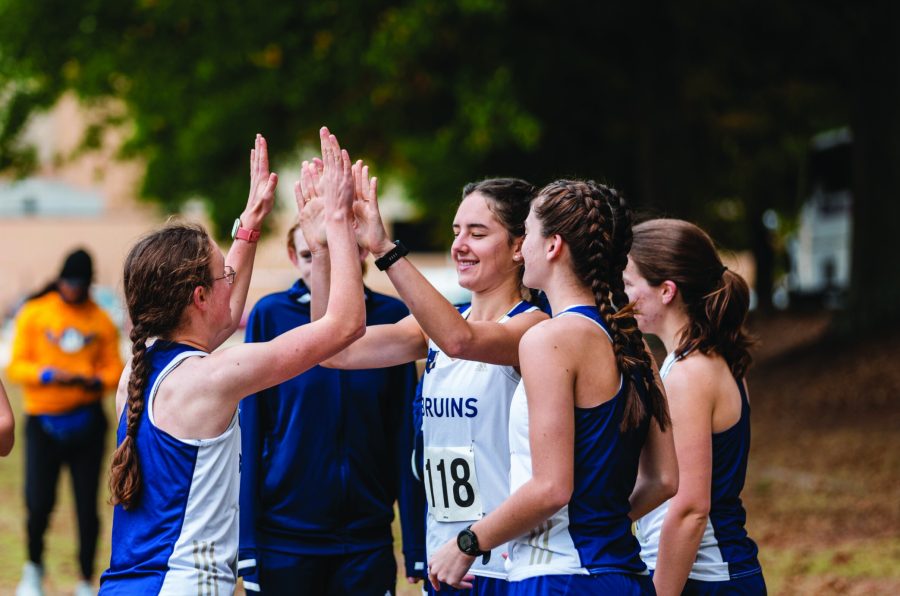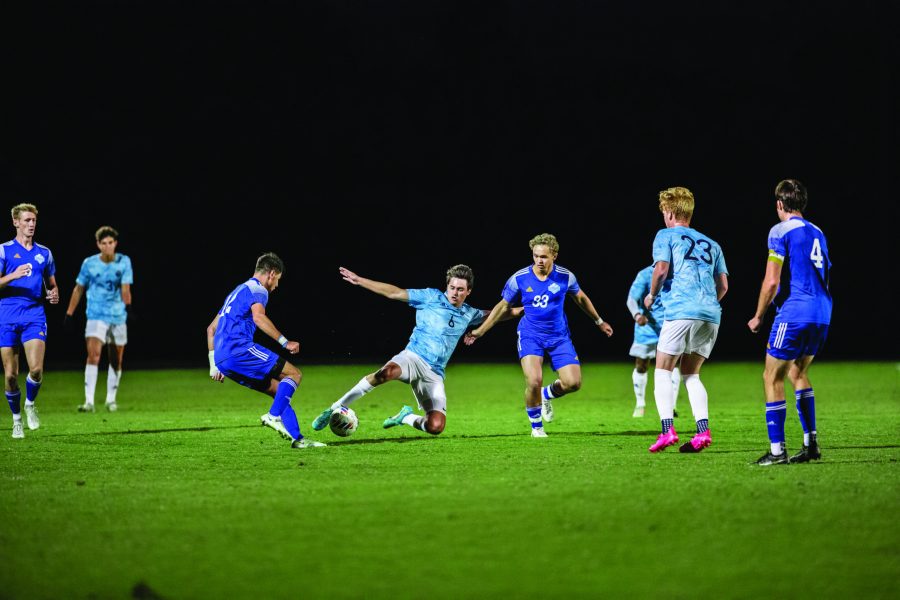 There are more than 500,000 student athletes in the United States, and chances are, you passionately cheer for a handful of them every week. Whether it’s our very own Bruins or the public college down the road, you loyally support your favorite team and desire to see them succeed.
There are more than 500,000 student athletes in the United States, and chances are, you passionately cheer for a handful of them every week. Whether it’s our very own Bruins or the public college down the road, you loyally support your favorite team and desire to see them succeed.
But which word in the “student athlete” title is more important: student or athlete? Some would say that academics ought to always come first. After all, that’s what college is about. On the other hand, you could argue that athleticism is still important, because nobody wants to go to a school with a lousy sports team.
Should student athletes be held to the same standard as non-athletes? The pro-athlete arguers will remind you that the athletes are busy with games, conditioning and practices. The pro-academic stance will point out that every student is busy with his or her own requirements, and that most students are involved in time-consuming activities, such as orchestras or student newspapers.
Is it really possible for students to have high GPAs and a high stats season? In the past few years there have been both good and bad student athletes, as shown in the following illustration. Imagine these student examples as teams; Team A (or F more appropriately) are those students who are simply at school to play sports, earning poor grades, while Team B members are responsible and work hard in both academics and their sport. The lineup for Team A would include Greg Oden, a basketball player for Ohio State University (2006-2007), who was an undeclared major and enrolled in “The History of Rock ‘n’ Roll.” One can only imagine the difficulty of that course. Also starting for Team A is Julius Peppers, a football player at the University of North Carolina. He played for four years with a sub 1.95 GPA.
Team B is much more inspiring, like Christian Moody, who didn’t receive a scholarship to play basketball for the University of Kansas out of high school but walked onto the tryout court as a freshman. Moody was part of a top 10-ranked team his senior year. All of this athletic success came while he was pursuing a degree in pre-medicine with a 3.65 GPA.
There’s also Craig Krenzel, who played quarterback for Ohio State University and led the Buckeyes to the National Championship in 2002. Krenzel graduated with a degree in molecular genetics while earning a 3.75 GPA.
Obviously, not every athlete will graduate summa cum laude. But expecting students to work hard at their sport and their homework is not unfair. After all, in the future, employers will be hiring from Team B. Plus, the character developed from balancing academics, projects, practices and games will have great rewards. So, even if you won’t be taking Advanced Linear Algebra next semester, working hard in the classes you do have will ensure success both on and off the field.





